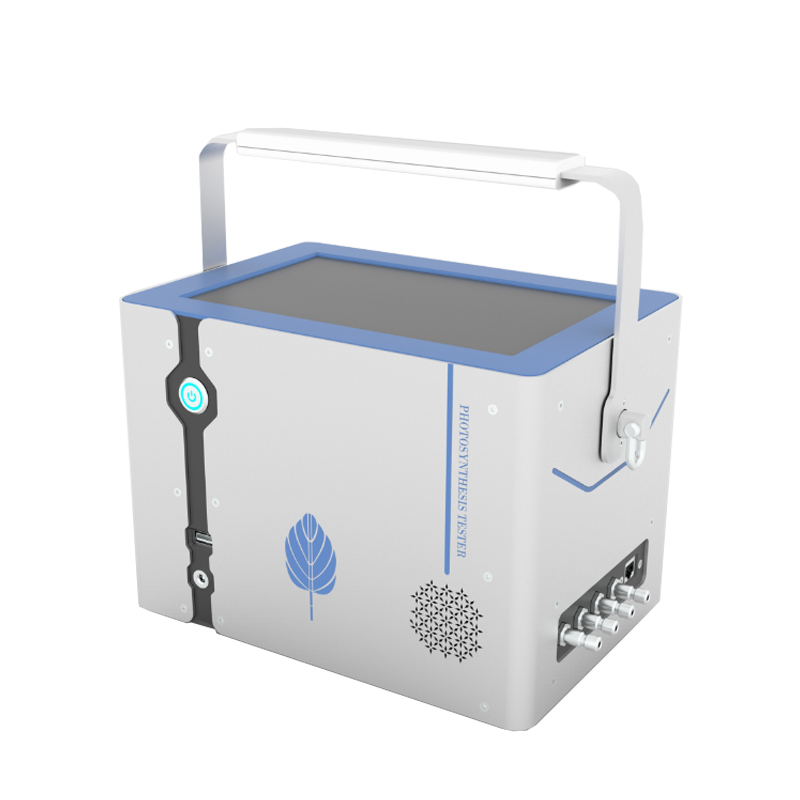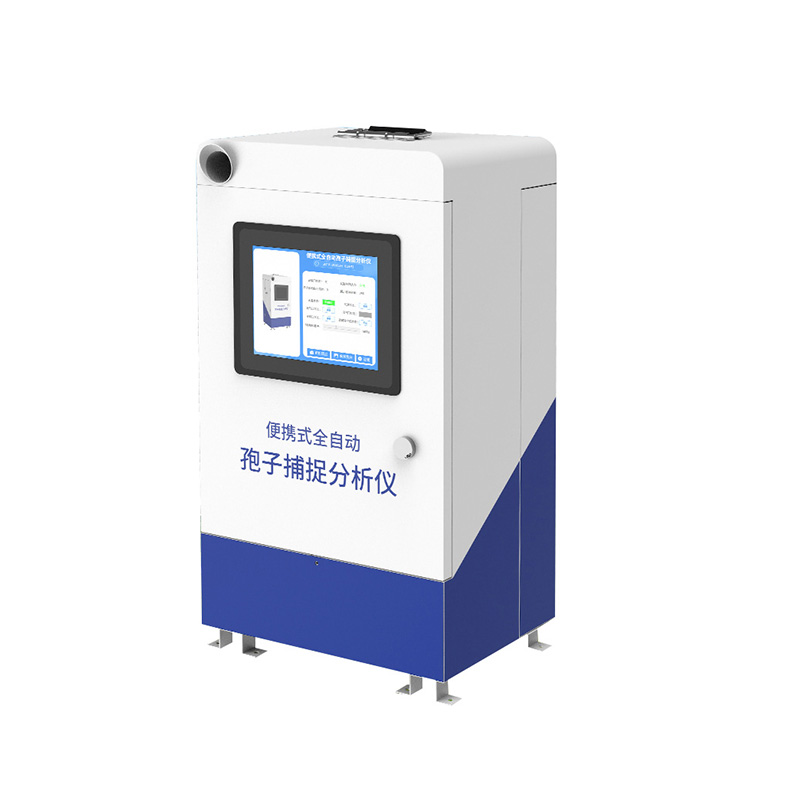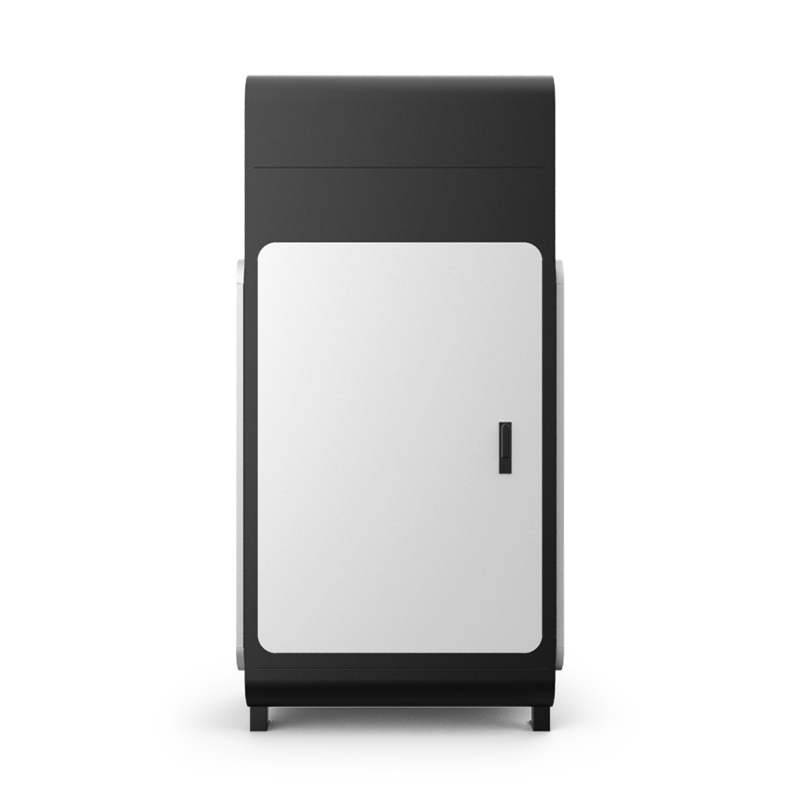With the passage of time, society's interest in and attention to meteorology has been increasing. Advances in science and technology have driven changes in the way meteorological observations are made, and many traditional ground-based meteorological observation stations have been transformed into automated or semi-automated ones. Obviously, automated weather stations are gradually replacing traditional manual observatories as the mainstream way of meteorological data collection because of their practicality and real-time nature. This shift is particularly evident in small-scale precipitation monitoring, especially during the flood season, when automated weather stations are able to effectively capture and record precipitation, filling the monitoring gaps that may exist in traditional weather stations. This provides more accurate and timely data support for meteorological forecasting and decision-making.
An automatic weather station is a high-tech meteorological monitoring device that can independently and automatically observe and store meteorological data. It is controlled by electronic equipment or computer system and can automatically complete the tasks of meteorological observation and data collection without human intervention. Each automatic weather station essentially constitutes a complete small-scale meteorological observation system.
Automatic weather stations can also be connected to a central station to form a networked observation system. Through IoT technology, the data collected by each automatic weather station can be transmitted to the central station in real time, and then uploaded to the cloud platform by the central station. On the cloud platform, these data can be analysed and statistically analysed in depth, realizing real-time monitoring and long-term tracking of the meteorological situation, and providing a scientific basis for meteorological forecasting and related decision-making. This networked automatic weather observation system greatly improves the efficiency and accuracy of meteorological data collection.
Automatic weather stations have the following advantages over artificial weather stations:
Stable monitoring: able to record data continuously even in bad weather, unaffected by snowfall or flooding.
All-weather operation: able to collect data 24 hours a day, providing more frequent observations.
Reduced Error: Avoids errors that may be introduced by human operation and improves the accuracy of data.
Environmental adaptability: not limited by the survival conditions of the personnel, relying only on the performance of the instrument.
Timely Response: In case of emergency, it is able to provide the required data at any time and support rapid meteorological reporting.

This paper addresses:https://fengtusz.com/industry/219.html









